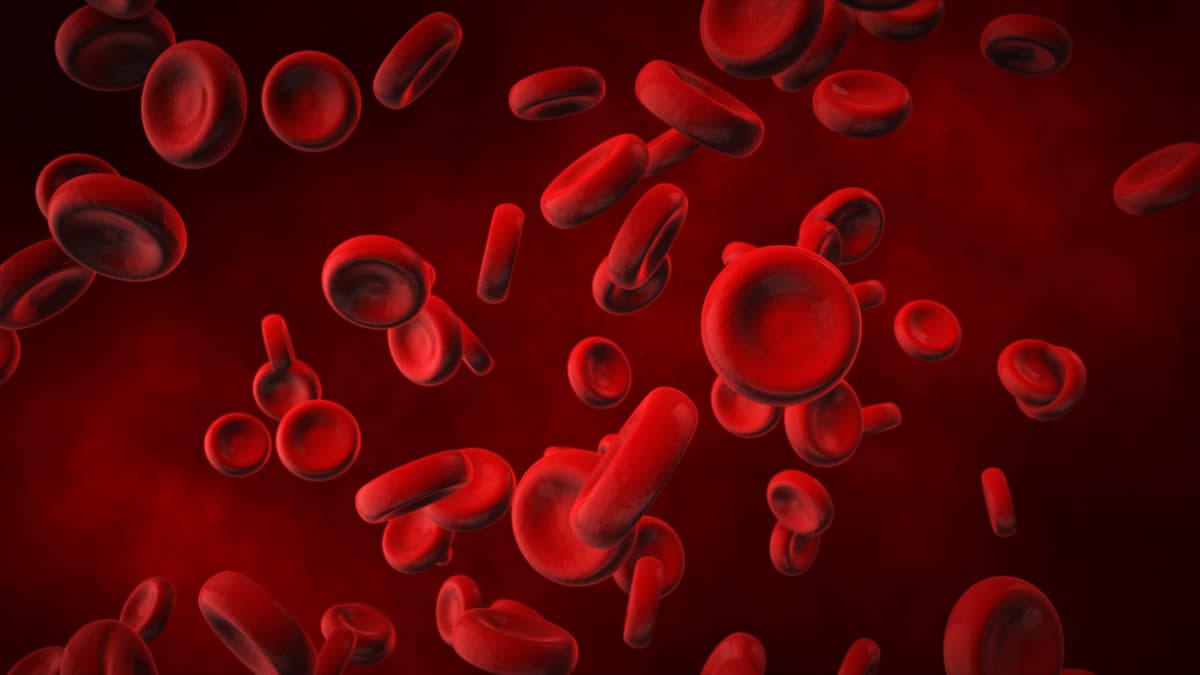Bexmarilimab/Chemo Yield Positive Responses in Myelodysplastic Syndromes
Topline results from the phase 1/2 BEXMAB trial showed “one of the strongest data sets ever seen” in treatment-resistant higher-risk MDS populations.
Bexmarilimab in combination with azacitidine elicited an ORR of 76% in patietns with treatment-naive high-risk MDS.

Bexmarilimab, an anti–Clever-1 humanized antibody, and azacitidine (Vidaza) elicited positive topline results, including a high overall response rate (ORR), in patients with front-line or relapsed/refractory high-risk myelodysplastic syndrome, according to a press release from the developer, Faron Pharmaceuticals.1
In the initial data cutoff, results from the phase 1/2 BEXMAB trial (NCT05428969) showed an ORR of 63%; in patients who are treatment-naïve, the ORR was 76%. The developers noted that many patients are in the early phases of their treatment, hence, responses may deepen over time. The treatment was also well tolerated, without any observed dose-limiting toxicities in relapsed/refractory disease.
During the 2024 American Society of Hematology Annual Meeting, it was reported that the study treatment combination led to an estimated median overall survival (OS) of 13.4 months, as well as that 14 of 20 patients achieved complete responses, in those with relapsed/refractory myelodysplastic syndrome.2
Results from the open-label trial assessed the safety, tolerability, and preliminary efficacy of bexmarilimab with standard of care in patients with intermediate, high, or very high-risk myelodysplastic syndrome, among other diseases.
The full data set has been submitted to the 2025 American Society of Clinical Oncology (ASCO) Annual Meeting for presentation.
“This is one of the strongest data sets ever seen in an all-comer population of treatment-resistant [higher risk myelodysplastic syndrome]”, said Juho Jalkanen, MD, PhD, chief executive officer of Faron Pharmaceuticals, in the press release.1 “There is a significant unmet need in the treatment of [high-risk myelodysplastic syndrome], as drug development in [high-risk myelodysplastic syndrome] and macrophage re-programming has proven to be extremely challenging, with a lot of previous failures. What makes bexmarilimab stand out in this field is its good safety profile combined with high efficacy, especially in the last line [high-risk myelodysplastic syndrome]. This gives us conviction that bexmarilimab is the long-awaited drug to overcome treatment resistance”.
The trial had an estimated enrollment of 181 patients; those who were eligible were 18 years or older with various disease types, including a morphologically confirmed diagnosis of myelodysplastic syndrome with a revised International Prognostic Scoring System (rIPSS) risk level of intermediate, high, or very high.3 Patients also had adequate renal function, adequate liver function, and a leukocyte count less than 20 x 109/L, with hydroxycarbamide use permitted to meet the criterion in myelodysplastic syndrome and acute myeloid leukemia (AML).
An ECOG performance status higher than 2, receipt of allogeneic transplantation within 6 weeks of screening, active auto-immune disorder, systemic corticosteroid or other immunosuppressive treatment, and history of chronic ulcers or relevant liver disease were among reasons for exclusion in the trial.
The trial’s primary end point was to determine the safety and tolerability of bexmarilimab with azacitidine treatment. The developer stated that targeting Clever-1, the immunosuppressive receptor found on macrophages that leads to tumor grown and metastases, could limit the replication of cancer cells, ignite an immune response, and increase antigen presentation, making current treatments more effective.1
During phase 1, bexmarilimab was given intravenously at 4 dose levels once per week, then once every 2 weeks in 28-day cycles; azacitidine was given subcutaneously per label directions.3 In phase 2, oral venetoclax was added to the treatment regimen.
Previously, in March 2024, bexmarilimab received orphan drug designation in the treatment of myelodysplastic syndromes.4 In August 2023, bexmarilimab received orphan drug designation in AML.5
The developer anticipates conducting a phase 3 trial, pending feedback from the end of phase 2 meeting with the FDA.
References
- Inside information: Faron announces positive phase II results in higher-risk myelodysplastic syndrome. News release. Faron Pharmaceuticals. April 15, 2025. Accessed April 17, 2025. https://tinyurl.com/54fy3bk4
- Faron presents BEXMAB data at ASH Annual Meeting. News release. Faron Pharmaceuticals. December 10, 2024. Accessed April 17, 2025. https://tinyurl.com/yb9r5ra3
- A study to assess safety, tolerability and preliminary efficacy of bexmarilimab in combination with standard of care in patients with hematological malignancies (BEXMAB). ClinicalTrials.gov. Updated January 16, 2025. Accessed April 17, 2025. https://tinyurl.com/4h4wz6vb
- Inside information: FDA grants orphan drug designation for bexmarilimab in MDS. News release. Faron Pharmaceuticals. March 3, 2025. Accessed April 17, 2025. https://tinyurl.com/2bn54u3k
- Faron receives FDA orphan drug designation for bexmarilimab in acute myeloid leukemia. News release. Faron Pharmaceuticals. August 29, 2023. Accessed April 17, 2025. https://rb.gy/n764u
Newsletter
Stay up to date on recent advances in the multidisciplinary approach to cancer.